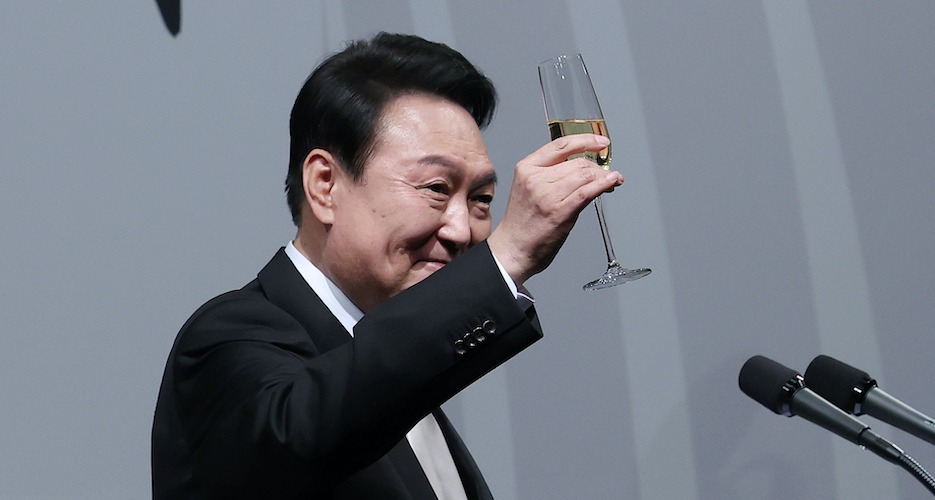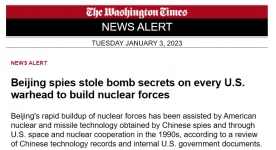South Korean media diverge on whether Japan’s new security strategy poses threat - KOREA PRO
johnleenknews
Seoul responded diplomatically to beefed-up defense plans, but anti-Japan sentiment looms over efforts to improve ties
When Japan unveiled its new
National Security Strategy (NSS) and two other strategy documents last week, it signaled a significant turning point in Japan’s defense policy as Tokyo enshrined its most significant military buildup since World War II. Amid
growing threats from regional rivals and criticisms from
certain segments of the U.S. of free riding, Japanese Prime Minister Fumio Kishida instructed his defense and finance ministers to secure the necessary funds to boost yearly defense spending to around 2% of GDP in fiscal 2027.
With its defense overhaul, Japan describes one of those regional rivals — China — as its “greatest strategic challenge.” China’s growing naval and air forces have been testing Japan’s defense of the Senkaku Islands, which Beijing calls the Diaoyus — an uninhabited chain of islands in the East China Sea that Japan controls.
Unsurprisingly, Tokyo’s most notable allies, such as the U.S. and Australia, were quick to welcome this shift in policy. U.S. President Joe Biden was one of the first world leaders to embrace Japan’s NSS when he
tweeted, “Our alliance is the cornerstone of a free and open Indo-Pacific and we welcome Japan’s contributions to peace and prosperity.”
Tellingly, Japan’s description of China as its “greatest strategic challenge” is similar to the U.S. government’s
designation of China as its “most consequential geopolitical challenge.”
Unsurprisingly, Beijing
strongly criticized Japan’s NSS and said it is “firmly opposed” to China’s designation as Tokyo’s “greatest strategic challenge.” North Korea also
accused Japan of “creating a security crisis” in the region.
But while the ROK foreign ministry
protested Japan’s renewed claims over the Dokdo Islets, Seoul’s overall reaction was polite. A spokesperson from the presidential office
said a shift in Japan’s defense policy is “a matter that can be discussed within the framework of security cooperation.”
The same cannot be said for South Korean media and society writ large. The country’s nationalist left variously described Japan’s new security strategy as a return to imperial militarism, an affront to Korean sovereignty, or worse, underlining how anti-Japanese feeling continues to bedevil the Yoon administration’s efforts to repair ties.
President Yoon Suk-yeol attends a trilateral ROK-US-Japan summit, Nov. 13, 2022 | Image:
ROK Presidential Office
SOUTH KOREA’S MIXED RESPONSE
Data from the Gallup Institute shows that ROK conservatives and progressives are increasingly in disagreement on how they view Japan. And alliance management overseers would be wise to keep a close watch.
Not unlike the Yoon administration, ROK conservatives have been calmer than progressives about Japan’s NSS. A
Donga Ilbo newspaper’s
column provided a tepid warning: “It is difficult to rule out the possibility of awakening the monstrous instincts [of Japan] that have been dormant for 77 years.” Meanwhile, other major conservative newspapers, such as the
Chosun Ilbo, have refrained from criticizing the NSS.
Progressive media outlets, on the other hand, have been less shy about vocalizing anti-Japanese sentiments. For example,
Kyunghyang Daily claimed that Japan’s shift in its defense policy “should be an issue of concern because [Kishida] discarded the Peace Constitution and opened the way for Japan to become a military power.”
Choi Jong-gun, who served as vice minister of foreign affairs in the Moon Jae-in administration,
said in an interview for MBC radio that Japan “denies Korea’s territorial and historical identity.” He also claimed that the Yoon Suk-yeol administration overlooked this alleged diplomatic insult because it was too busy cheering for ROK-U.S.-Japan cooperation.
Jung Eui-gil, a columnist at the
Hankyoreh newspaper,
wrote, “Japan made its ‘counterstrike capability’ doctrine official, which is, in effect, a preemptive strike capability on enemy bases. So, how can we accept that Japan has designated any part of the Korean Peninsula, a region our constitution declares as our sovereign territory, as a zone that falls under their preemptive attack parameters?”
Less influential newspapers published even more extreme op-eds. For example, a columnist for a South Gyeongsang Province newspaper
argued that South Korea should invade Japan immediately.
Article 3 of the ROK Constitution declares that the territory of the Republic of Korea shall consist of the Korean Peninsula and its adjacent islands. Some commentators, therefore, argue that if Japan were to strike North Korea, that would, by default,
constitute a violation of South Korea’s sovereignty.
The U.S., Japanese and South Korean flags, July 2018, via
Wikimedia Commons
WAKING UP TO REALITY
Of course, Korean nationalists’ concerns about the NSS are groundless, as counterstrikes are not the same as preemptive strikes. The NSS
stipulates that striking enemy bases are permissible “as long as it is deemed that there are no other means to defend against attack by guided missiles and others,” as this counts as “self-defense.”
In other words, if Japan ever finds itself deciding to attack North Korea, it would only do so because there was credible intelligence, which Tokyo would have shared with Washington and Seoul, that North Korea was about to strike first. And, by default, that would mean that South Korea would almost certainly be on the brink of war with the DPRK.
Ken Jimbo, a professor of Policy Management at Keio University,
said in an interview with
Asahi Shimbun that under such a scenario, “The main agent of response to a North Korean attack would be the ROK-U.S. alliance, while Japan’s role of providing counterattack capabilities would be secondary.”
Further, it is unlikely that Japan would throw caution to the wind and initiate the kind of wanton military strikes on North Korea that Korean nationalists dread. While Tokyo recognizes the DPRK as a threat, it is not a strategic challenge.
Narushige Michishita, an expert on Korean Peninsula issues and Japanese defense policy at National Graduate Institute for Policy Studies,
told Hankyoreh that the U.S-Japan alliance must face threats on both Korean Peninsula and the Taiwan Strait.
“So it is unlikely that Japan will deliberately engage in an offensive operation against North Korea unless South Korea requests it,” he said.
UNCLEAR POLITICAL WINDS
In any case, the reaction to the shift in Japan’s defense policy shows that the attitude toward Japan is increasingly divided in Seoul, where anti-Japanese sentiment remains strong.
Further, both President
Yoon Suk-yeol and Prime Minister
Fumio Kishida suffer from low approval rates in their respective countries, which means they will have limited opportunities to seek ambitious rapprochement goals.
Meanwhile, Yoon’s inability to gain significant momentum or popularity with voters calls into doubt the longevity of his foreign policy achievements. Lingering suspicions of Japan are an obstacle to improving Korea-Japan relations. If South Korea’s progressive nationalists use it as a political issue, it will become a much bigger problem.
When Japan unveiled its new National Security Strategy (NSS) and two other strategy documents last week, it signaled a significant turning point in Japan’s defense policy as Tokyo enshrined its most significant military buildup since World War II. Amid growing threats from regional rivals and...

www.nknews.org



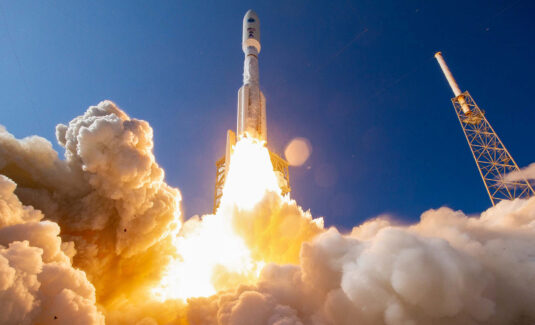
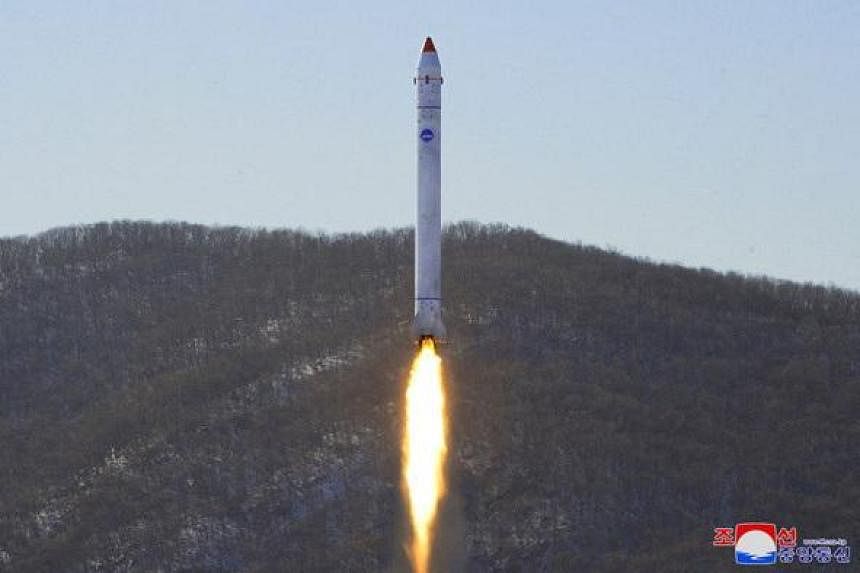
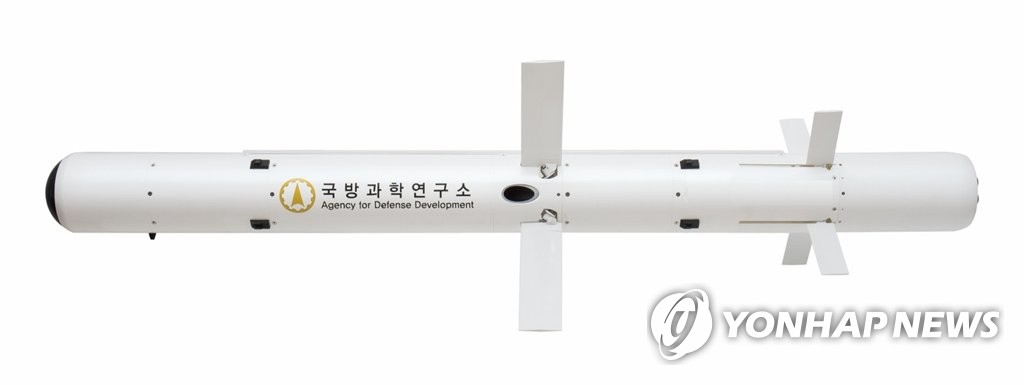


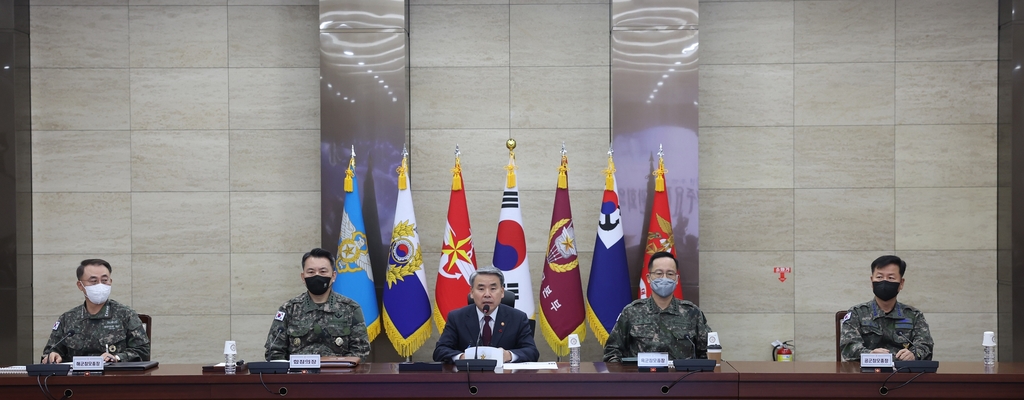
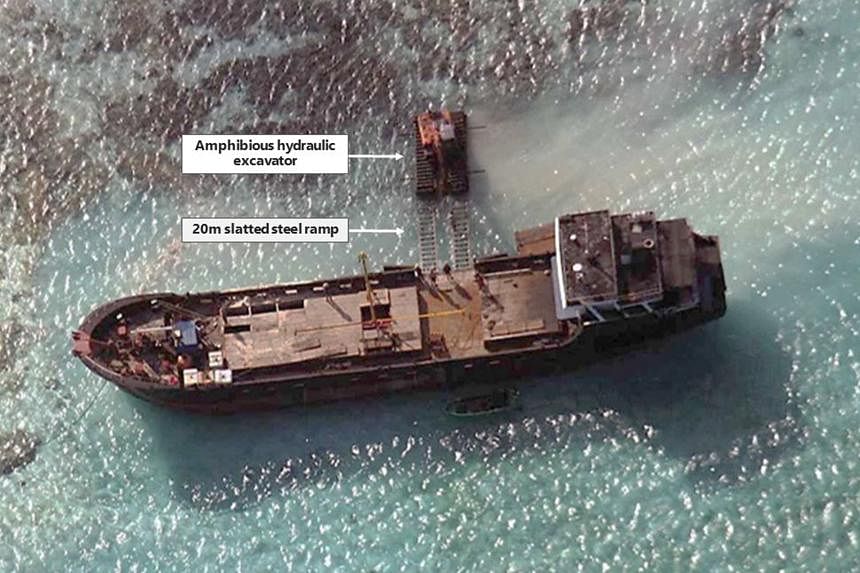
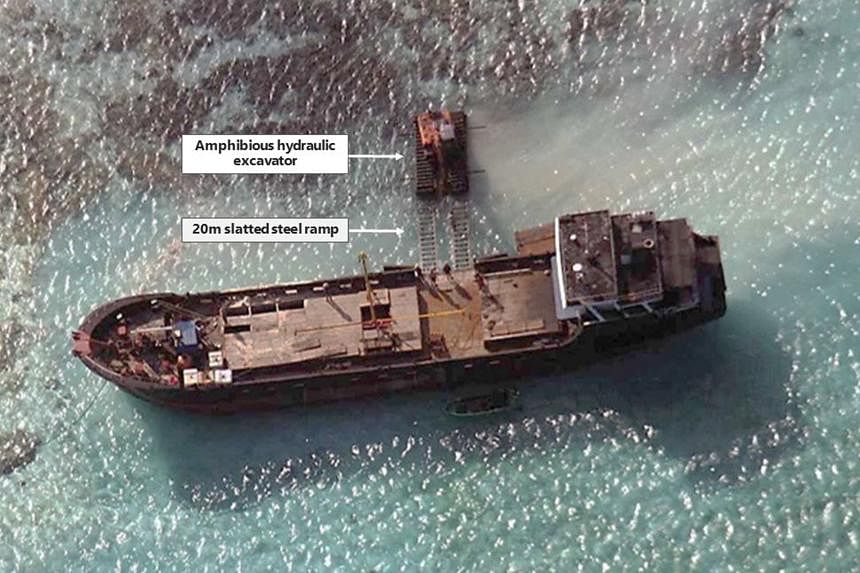
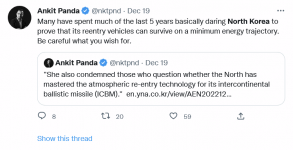

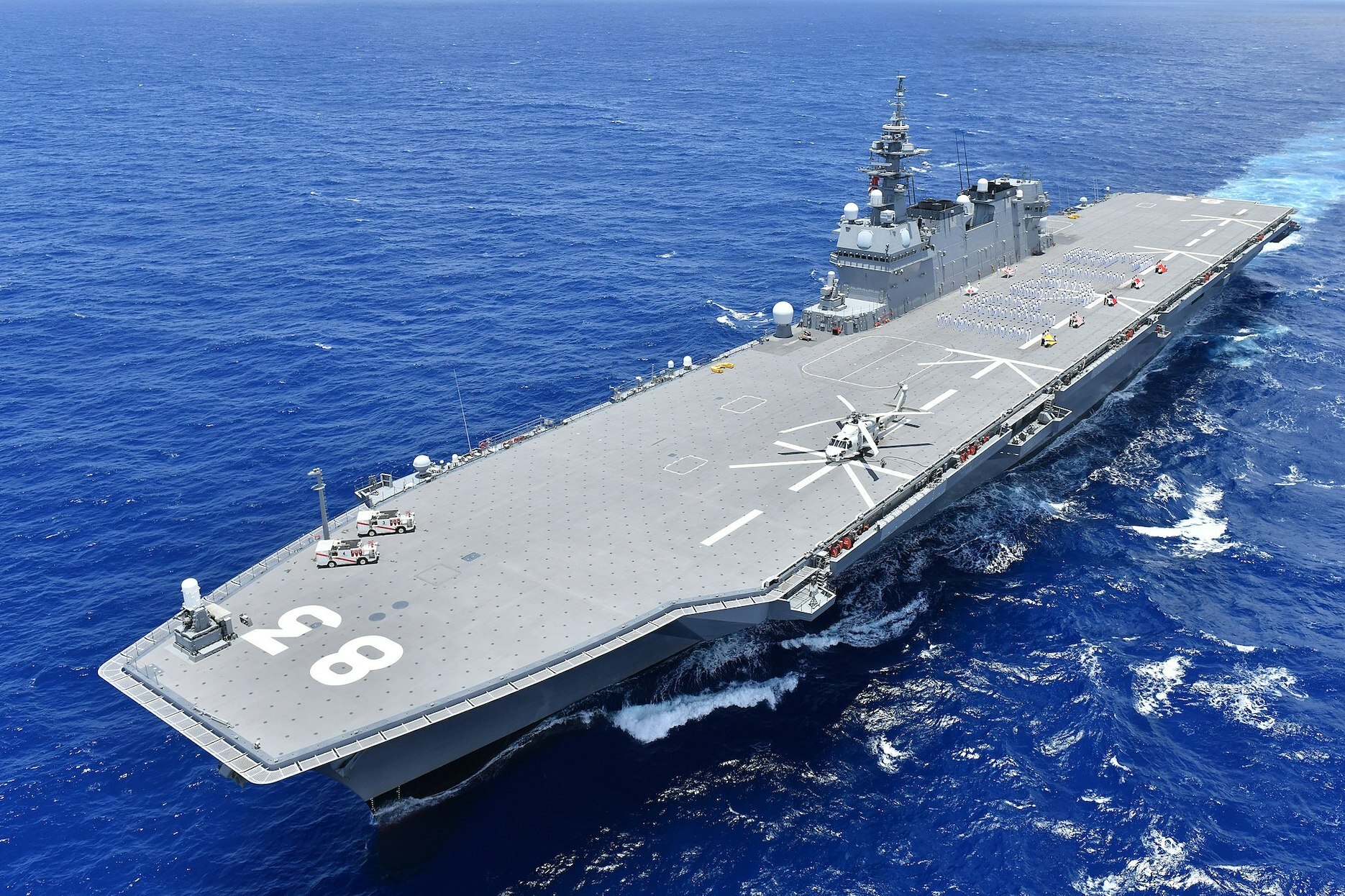

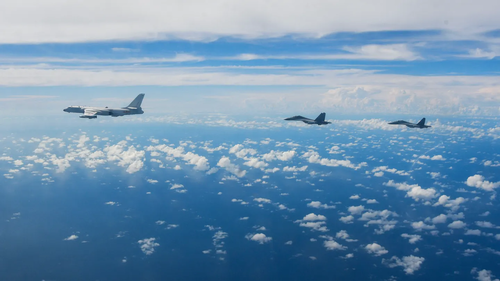 Xinhua via AP
Xinhua via AP


